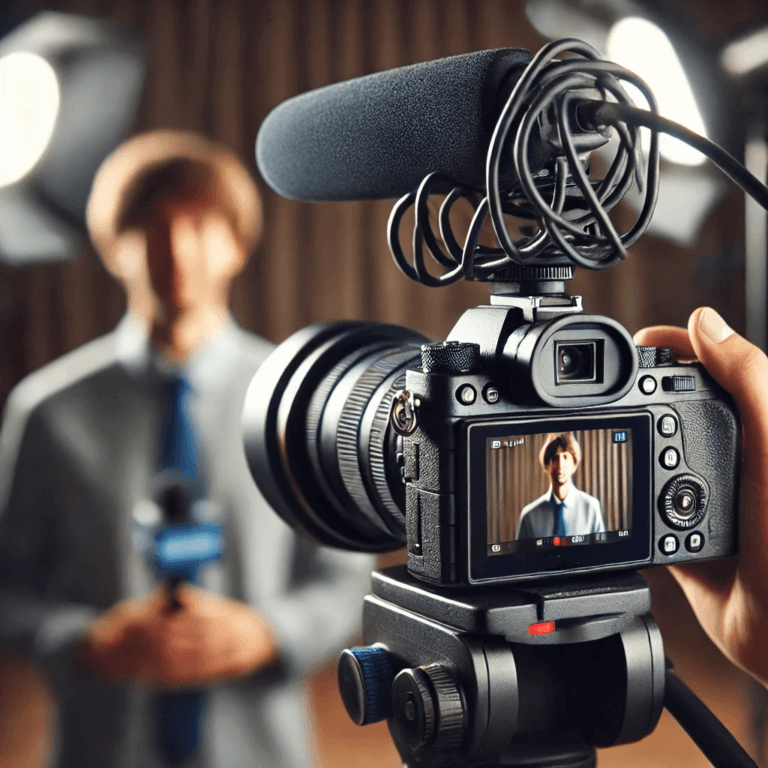Ensure the security of your project from the moment it’s shot. Discover how dual audio recording and the use of a second camera ensure redundancy.

Redundancy in video production is an essential strategy to ensure the safety and quality of the entire process. When we talk about redundancy, the first crucial step is capturing the video and audio. Having adequate backups during recording prevents issues such as technical failures or human errors from hindering the progress of the project.
In this article, we’ll explore best practices for redundant recording, from using multiple audio sources to deploying a second camera, ensuring that every second of your video is secure.
The first layer of security starts on the recording set itself. Both video and audio need redundancy to ensure no detail is lost.
Audio can be one of the most susceptible elements to failure during recording. Interference, equipment failures or even configuration errors can degrade the audio quality and compromise the final project. To minimize these risks, it is recommended to always capture audio from at least two different sources.
Using a second camera in recordings is a practice that ensures not only safety, but also versatility in editing. In testimonies, for example, camera two helps to correct any errors and mistakes, without having to interrupt the flow of the narrative.
Capturing video and audio with redundancy is the first step to ensuring your project is secure. Implementing dual audio recording and using a secondary camera are practices that not only prevent data loss, but also facilitate the editing process and improve the final video quality.
In another article, we will discuss the importance of file management and the best backup methods, so that the captured data is preserved and kept safe until the project is completed.
Request a Quote